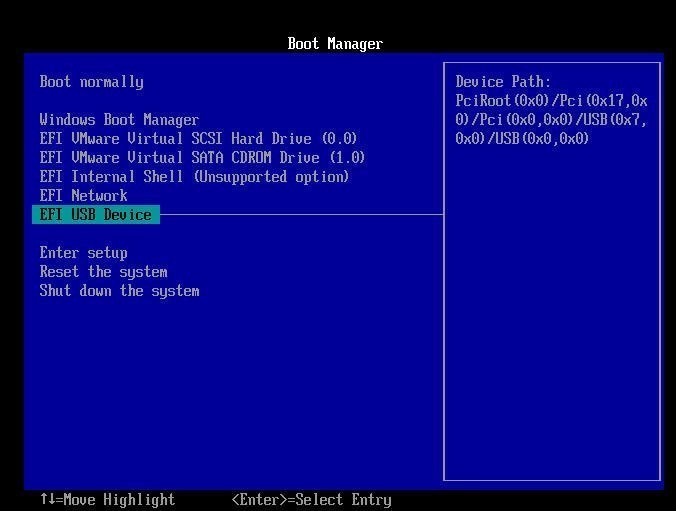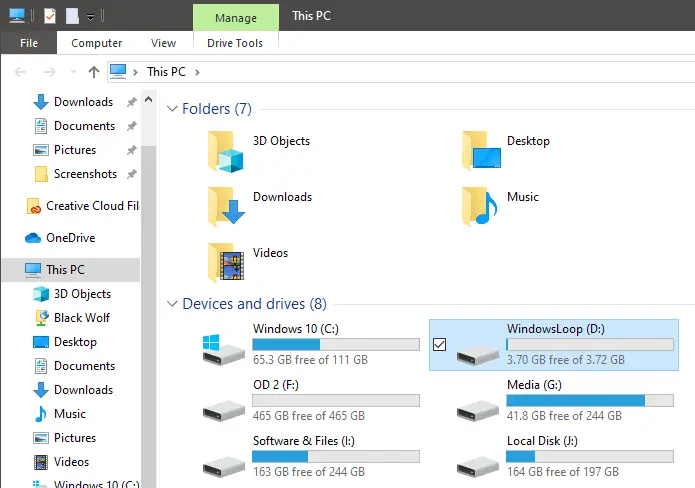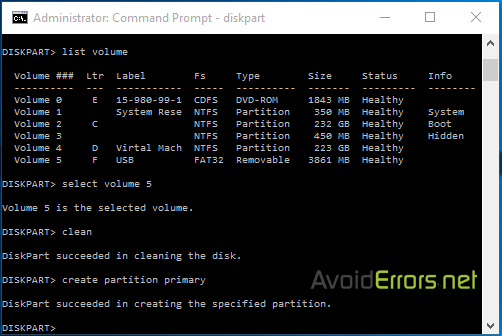

#HOW TO FORMAT USB DRIVE ON WINDOWS 10 COMMAND PROMPT HOW TO#
This article shows you how to format USB flash drive to FAT32, NTFS file system in Windows 10. Formatting your USB will open up the drive’s storage space and also increase its efficacy. At these times, it is useful to reformat your USB flash drive to revive your device its whole capacity. USB Flash Drive will occasionally display less memory than is really available, even after the drive was completely wiped. So here is how to format a USB flash drive? This page shows you how to format a USB flash drive using Windows inbuilt Command Prompt, and the following is the in-depth steer you should rigorously follow.

By formatting, you can easily resolve any USB flash drive, pen drive and a memory stick that’s write protected, virus infected, corrupted, and damaged. To clean the drives follow the following steps: Step 1 Open Command Prompt. Heres how to format a USB drive using the command line function. Its a much slower process than through File Explorer, but it works. Here in this article, we are going to share how to Format USB Flash Drive in Windows 10 using Command Prompt. If you want to format a drive larger than 32GB, then your only option is to use Windows 10s Powershell Command Line Tools to do so. But sometimes we want to format Format USB Flash Drive. All you need to do is right-click on the.

For an end-user, formatting the USB drive is easy. USB is one of the easiest ways to transfer data from one computer to another. How to Format USB Drive in Command Prompt in Windows 11/10/8/7. To format the USB drive, we need to use the Diskpart tool. Search for cmd in the start menu, right-click on Command Prompt and select Run as Administrator. The truth is that regardless of what drive you are using, it’s an invalid file system so that Windows can recognize it and put it to use. After that, open the Command Promot window as admin. They’re removable storage devices like USB flash drive. If you know some other tricks, let us know in the comments below.The storage devices we used today are typically HDD and SSD to save data files. I hope this would have been informative for you.

If you want to format a drive larger than 32GB, then your only option is to use Windows 10s Powershell Command Line Tools to do so. This will remove the Read Only, Archive, System and hidden file attribute from all the files. Format a USB Drive in FAT32 Using Powershell Command Line Tools. To remove Virus using CMD, type into your command prompt attrib -r -a -s -h *.* and press Enter.This command will list out all the files inside the current drive and you can clearly see the virus listed below. It can be done by typing D: and press enter. Since the autorun.inf virus is in my D: drive, I am going to change the drive to D: drive.To get it back you need to assign a literal to it, type assign and hit enter. I am going to transfer an ' autorun.inf' virus from my USB drive to my D: drive and delete that virus from my D: drive. Once the flash drive is formatted you may not see it on My Computer.


 0 kommentar(er)
0 kommentar(er)
